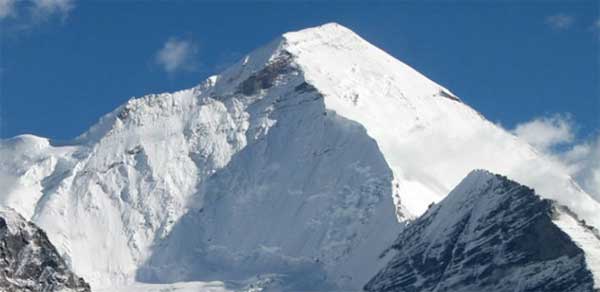Kathmandu, April 12 (IANS) The National Geographic Society will set up automatic weather stations on Mount Everest as part of its multi-year, partnered initiative to increase understanding of extreme environmental conditions, the media reported on Friday.
According to Nepal government officials involved in issuing permits for the scientific research, NatGeo has been permitted to install five automatic weather stations at different elevations along the climbing route and on the “roof of the world”, reports The Himalayan Times.
It has also been issued permits for on-site meteorological experiments.
Bishnu Prasad Shrestha, Under-Secretary at the Department of National Parks and Wildlife Conservation, said the NatGeo team had already left for the Everest expedition to carry out research on weather, atmospheric conditions and changing climate by placing weather stations in the high altitude areas to gather data for the improvement of large-scale climate and weather models.
“As per their plan, satellite-link technology will share near-real-time information about conditions on the mountain with scientists, regional managers and climbers,” he added.
According to NatGeo’s research plan seen by this daily, it is going to carry out a broad scientific assessment of – and expedition to – Mt Everest and the Solukhumbu region, working closely with Nepali partners.
The expedition will collect samples for scientific research on current and historical climate patterns. It will use remotely sensed images to improve mapping of the glacial extent to better understand changing environmental conditions.
To understand the complexities of a high-mountain environment, the team will collect ice core, surface snow and water samples at regular intervals along the climbing route and at or near the summit.
NatGeo has also partnered with the Department of Geology and the Department of Botany of Tribhuvan University to study the aspects of extremophiles and biology, Prof Bhupa Prasad Dhamala, executive director at the varsity’s Centre for International Relations, said.
“Examination of rock, lake sediment, snow, firn, and ice samples for biological evidence, including eDNA, will add to understanding of the range of life that can survive in extreme environments.”
